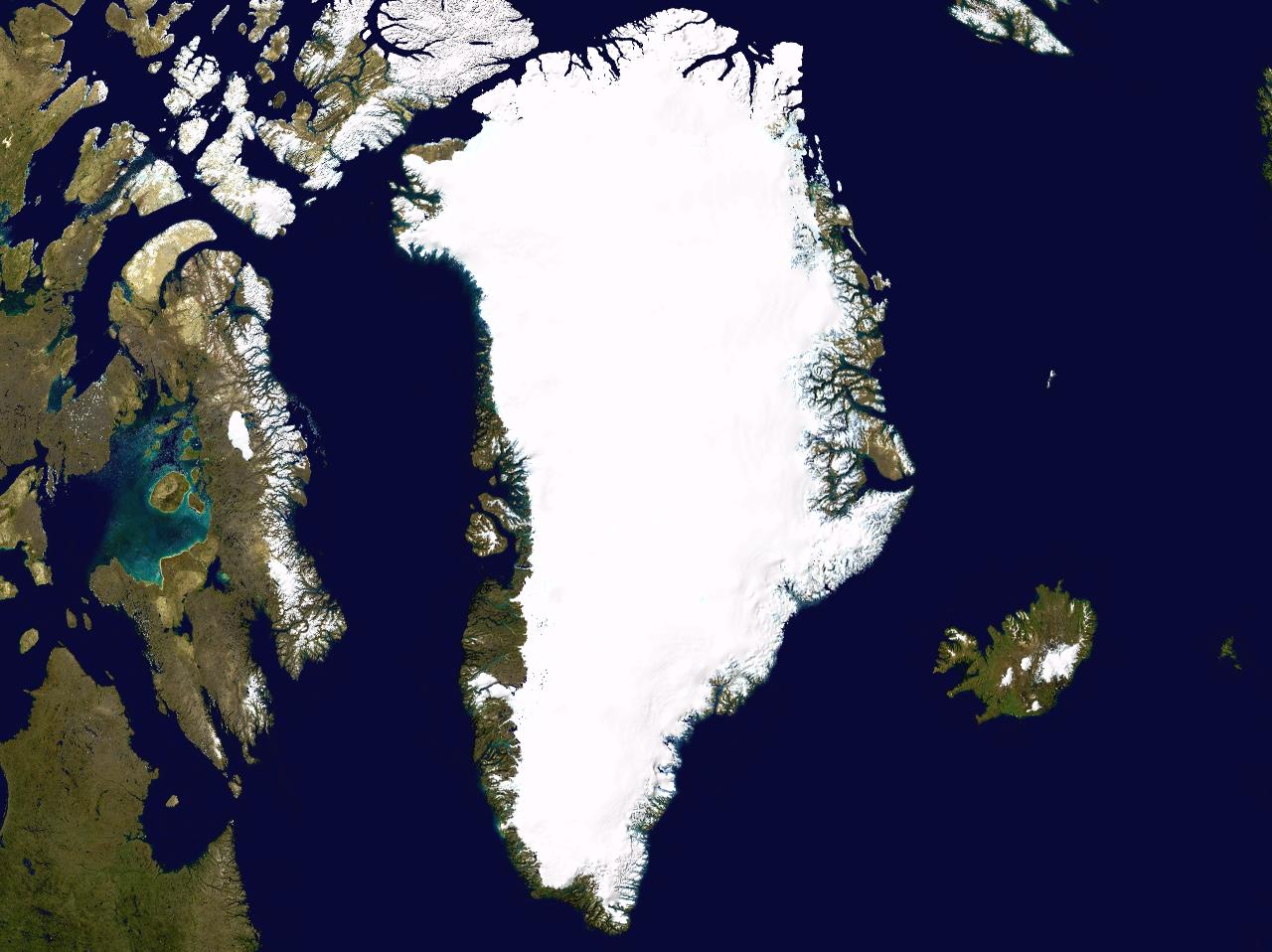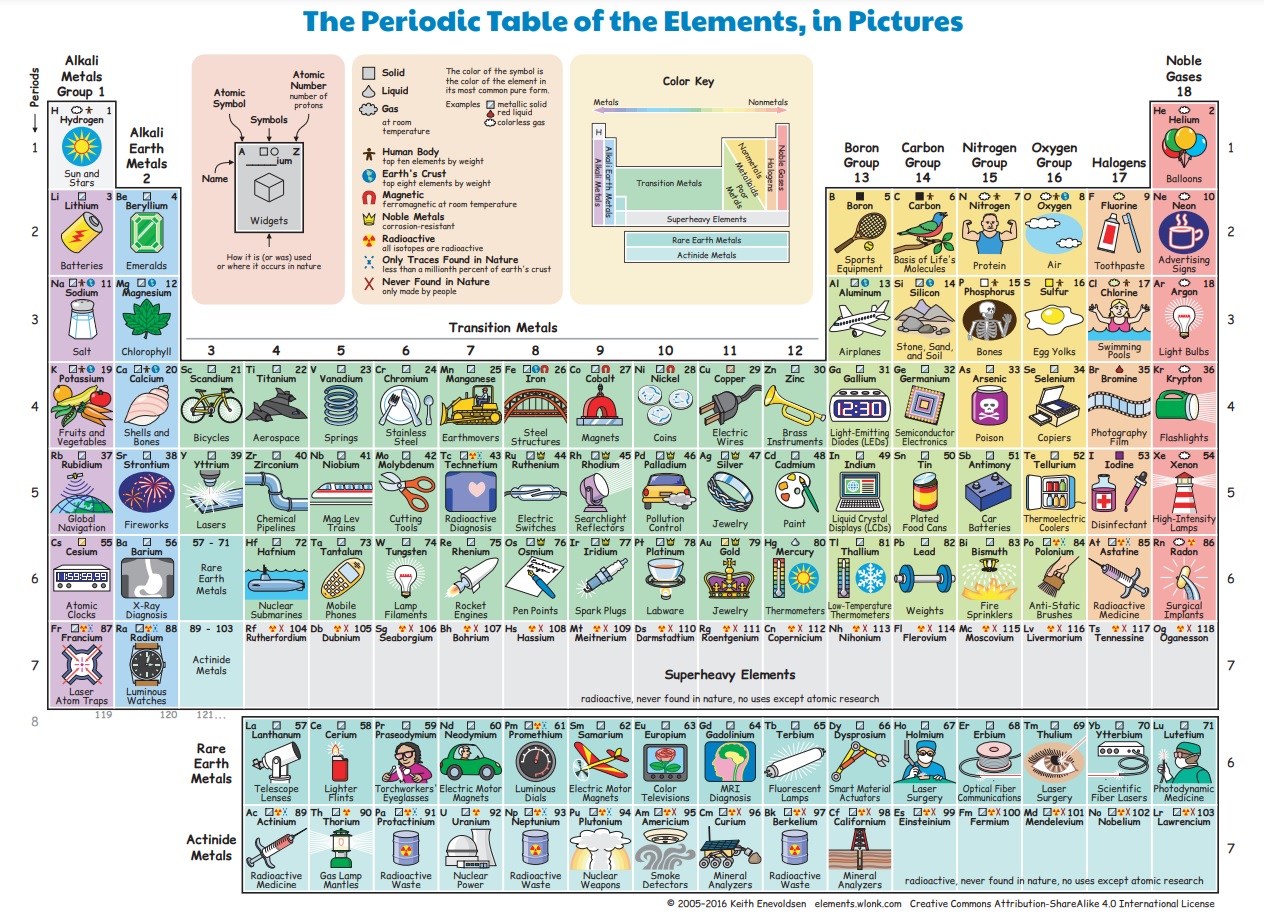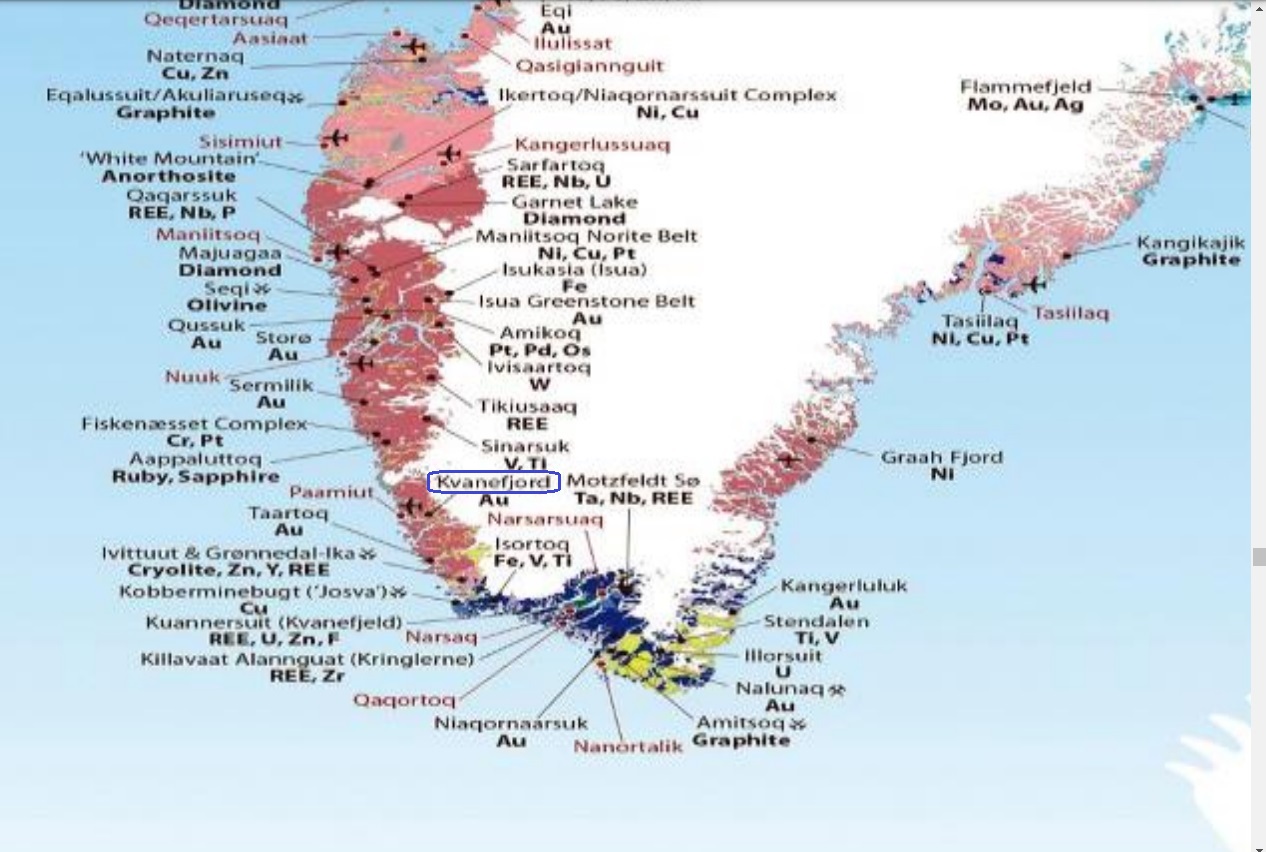
In 2019, former U.S. President Donald Trump proposed the idea of purchasing Greenland from Denmark, a suggestion that was met with considerable criticism and diplomatic backlash from both Denmark and Greenland. Despite the seemingly bizarre nature of the proposal, Trump’s interest in the vast, resource-rich island can likely be attributed to far more than merely acquiring land. Greenland, an autonomous territory of Denmark, is known to have substantial natural resources, including significant reserves of rare earth elements (REEs), which are critical for modern technology, defense systems, and green energy initiatives. Trump’s interest in Greenland, particularly in its rare earth resources, can be understood within the context of the U.S.'s broader geopolitical and economic strategies.
Rare earth elements are a group of 17 elements that include the lanthanides and two others, scandium and yttrium. These elements are critical in various high-tech applications such as electronics, electric vehicles, wind turbines, military technology, and medical devices. Despite being relatively abundant in the Earth’s crust, they are often dispersed and not found in high concentrations, which makes extraction complex and expensive. China currently dominates the global rare earth market, controlling roughly 80% of global refining capacity and a significant portion of global production. This dominance has led to growing concerns in Western countries about dependence on China for these critical materials, which is where Greenland’s mineral resources come into play.
1. The Geopolitical Context: The U.S. and Rare Earth Dependence on China
Trump's interest in Greenland can be understood within the broader context of the U.S.'s growing concerns over its reliance on China for rare earth elements. The trade war between the United States and China, which escalated during Trump’s presidency, highlighted the vulnerabilities of the U.S. in terms of its dependence on Chinese supplies of these critical materials. In 2019, amid tensions over trade imbalances, China threatened to restrict exports of rare earth elements to the United States. This threat sparked alarm in industries that rely on these materials, including electronics, clean energy, and defense sectors. The U.S. government recognized the strategic risks posed by such a dependency, particularly in the context of military applications where rare earths are vital for manufacturing advanced weaponry, electronics, and communications systems.
Rare earth elements are essential for building the high-tech systems that modern military forces rely on, such as missile guidance systems, advanced radar, and jet engines. Additionally, they are crucial for the development of green technologies like electric vehicle (EV) batteries, wind turbines, and solar panels. In light of these concerns, the U.S. has been exploring ways to secure alternative sources of rare earths to reduce its reliance on China. Greenland, with its untapped deposits of these minerals, became an appealing option for the U.S. in its pursuit of resource security.

The last two rows in the periodic table above show the rare earth elements and their uses.
2. Greenland’s Rare Earth Deposits and Economic Potential
Greenland is believed to possess some of the largest untapped deposits of rare earth elements in the world, with the Kvanefjeld deposit being one of the most notable. This deposit is rich in a variety of rare earth elements, including neodymium, dysprosium, and praseodymium, which are used in the production of powerful magnets for electric vehicles, wind turbines, and other high-tech devices. The potential value of Greenland’s rare earth resources is immense, and their extraction could dramatically alter the global supply chain for these materials.

Reference: D A Mokhorov et al, 2020, IOP Conf. Ser.: Earth Environ. Sci. vol. 539 p. 012021
The Kvanefjeld mine (or Kvanefjord in the map above), located in southern Greenland, is estimated to contain one of the world’s largest deposits of rare earth elements, making it a key area of interest for mining companies and governments alike. The Greenlandic government has explored the possibility of developing these resources, but the environmental impact, local opposition, and political complexities surrounding resource extraction have slowed progress. Despite these challenges, the mineral wealth of Greenland, particularly its rare earth reserves, would likely have been a significant motivating factor behind Trump’s interest in the region.
3. Economic Strategies: Energy Independence and Technological Growth
One of the central pillars of Trump’s “America First” economic policy was the push for energy independence and technological self-sufficiency. In the context of rare earth elements, securing a domestic or closer-to-home source of these materials would have bolstered U.S. production capabilities in industries such as renewable energy, electric vehicles, and defense. The global transition toward cleaner energy, driven by the need to combat climate change, has greatly increased the demand for rare earths, particularly for use in the batteries and magnets that power electric vehicles, wind turbines, and other high-tech devices.
By securing access to Greenland’s rare earth resources, Trump could have positioned the U.S. to take advantage of these emerging industries while simultaneously reducing reliance on foreign—particularly Chinese—suppliers. This would not only support the development of green energy technologies within the U.S. but also strengthen its position in global markets, giving American companies a competitive edge in the rapidly expanding sectors of electric vehicles and renewable energy infrastructure. For Trump, this would align with his broader goals of promoting job creation, reducing trade deficits, and maintaining technological leadership.
4. National Security and Military Interests
National security was another critical factor in Trump’s interest in Greenland. Rare earth elements are vital to the production of military systems and technologies, including precision-guided munitions, radar systems, and stealth technology. For instance, neodymium is used in powerful magnets found in the motors of military aircraft, while dysprosium is essential for creating heat-resistant magnets used in high-performance jet engines and missiles. These materials are indispensable in the production of advanced military technologies that help maintain a strategic edge over adversaries.
Given Greenland’s proximity to the Arctic—a region of increasing geopolitical importance—control over its rare earth resources would have bolstered the U.S.’s military presence in the region, providing both economic and strategic advantages. Greenland’s location is critical for military operations, as it offers a key staging point for surveillance, missile defense, and early warning systems. The Thule Air Base, located in northern Greenland, is one of the U.S. military’s most important installations, particularly for its role in monitoring and defending against potential threats from Russia and other global adversaries. By acquiring Greenland, the U.S. could have further secured its dominance in the Arctic, ensuring access to vital resources and enhancing its military infrastructure in a region increasingly contested by Russia and China.
5. Environmental and Ethical Concerns
While Greenland’s mineral wealth is undoubtedly appealing, the environmental and ethical considerations surrounding the extraction of rare earth elements are significant. Mining these materials can have severe environmental consequences, including pollution, habitat destruction, and toxic waste. Additionally, Greenland’s indigenous population has expressed concerns about large-scale mining projects, fearing that they would disrupt local ecosystems and livelihoods.
Despite these concerns, Trump’s administration was known for prioritizing economic development and deregulation, often downplaying environmental protections in favor of boosting industrial growth. His push to acquire Greenland may have been motivated by a desire to unlock the island’s resources, regardless of the environmental costs, in a bid to gain economic and strategic advantages for the U.S. At the same time, such an approach would have likely faced significant opposition from both environmental groups and local Greenlandic communities, who would have been concerned about the long-term impact of such developments.
6. The Role of Private Sector Interests
Trump’s interest in Greenland’s rare earth resources was not only driven by government interests but also by the potential benefits for private companies, particularly those in the technology and defense sectors. U.S. companies involved in the production of electric vehicles, renewable energy infrastructure, and military technologies would have benefited from the direct access to rare earths. Companies such as Tesla, General Motors, and various defense contractors rely on rare earth elements for key components in their products, and access to a stable and affordable supply of these materials would have supported their growth and innovation.
In this context, Trump’s push to purchase Greenland could be seen as a move to align U.S. geopolitical goals with the interests of major American corporations. By securing access to Greenland’s rare earth resources, Trump would have been positioning the U.S. to lead the global transition to a green economy while ensuring its continued dominance in high-tech and defense industries.
Conclusion
Donald Trump’s interest in Greenland’s rare earth elements can be understood through a combination of economic, geopolitical, and strategic motivations. The U.S. has long sought to reduce its dependence on China for rare earth elements, and Greenland’s vast untapped mineral wealth, particularly in rare earths, made it a highly attractive prospect. By acquiring Greenland, Trump could have secured a stable supply of these critical materials, strengthened U.S. energy independence, advanced technological growth, and enhanced national security.
However, such a proposal also raised significant ethical, environmental, and political concerns, particularly among Greenlanders and the international community. Ultimately, Trump’s interest in Greenland was a reflection of broader trends in global resource competition, with rare earth elements at the heart of this new geopolitical battle.
You can learn these concepts and more at Dr Hock's maths and physics tuition.